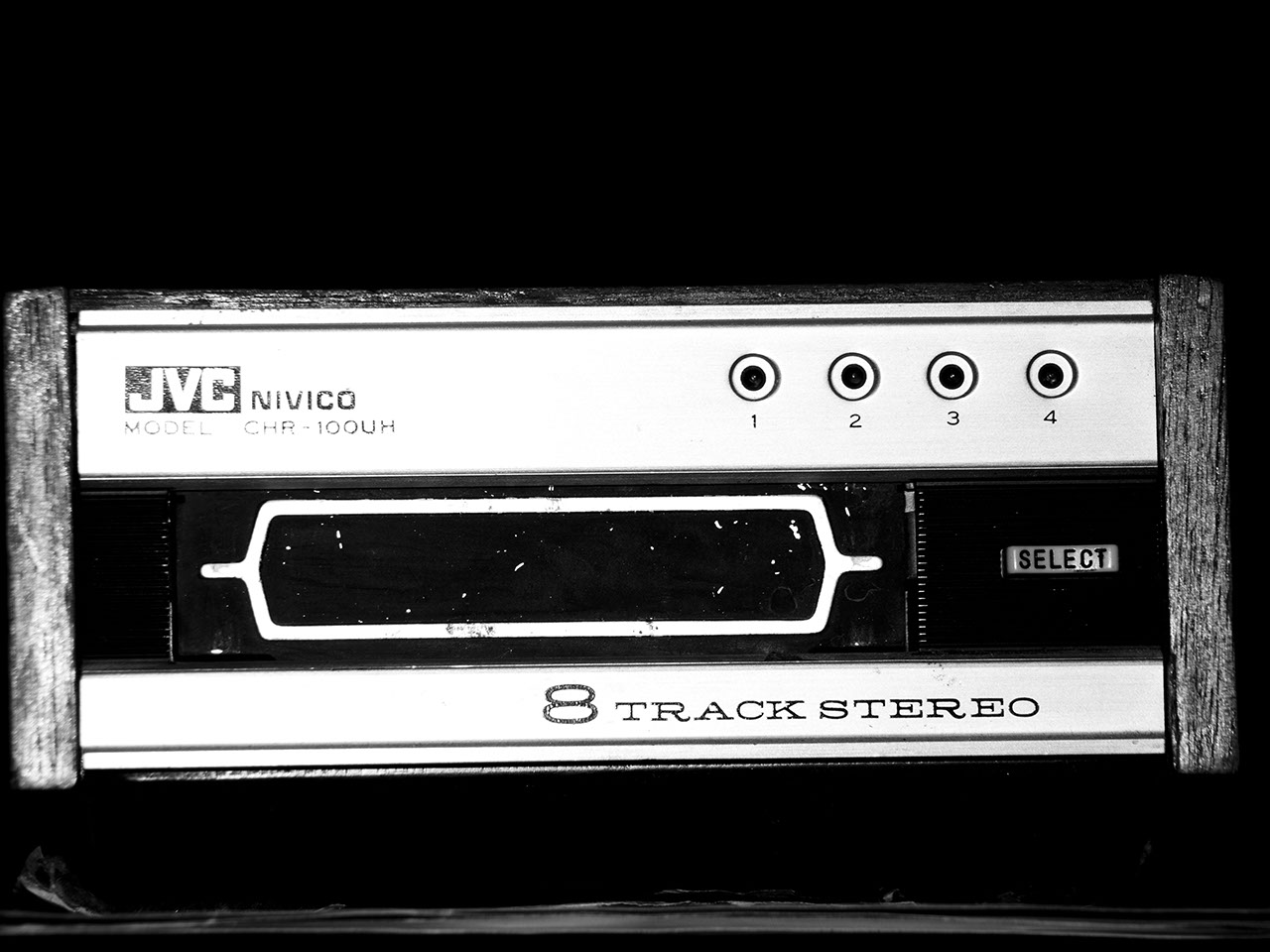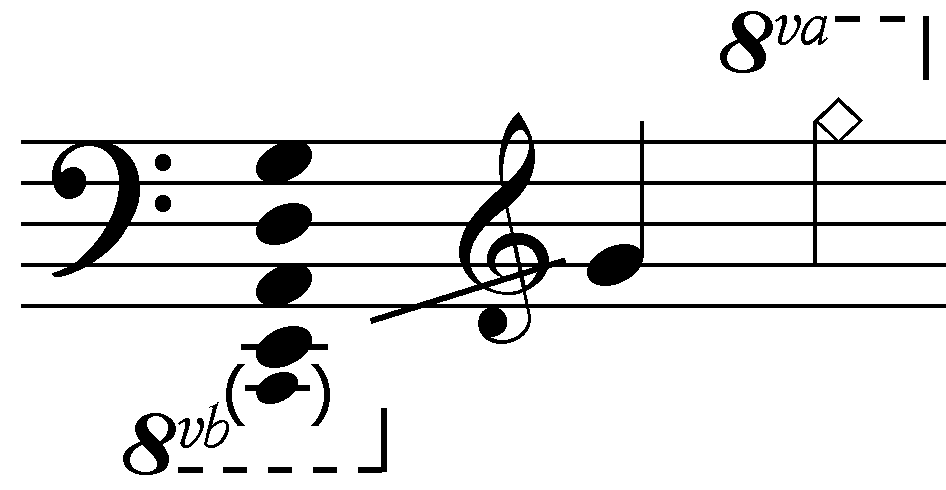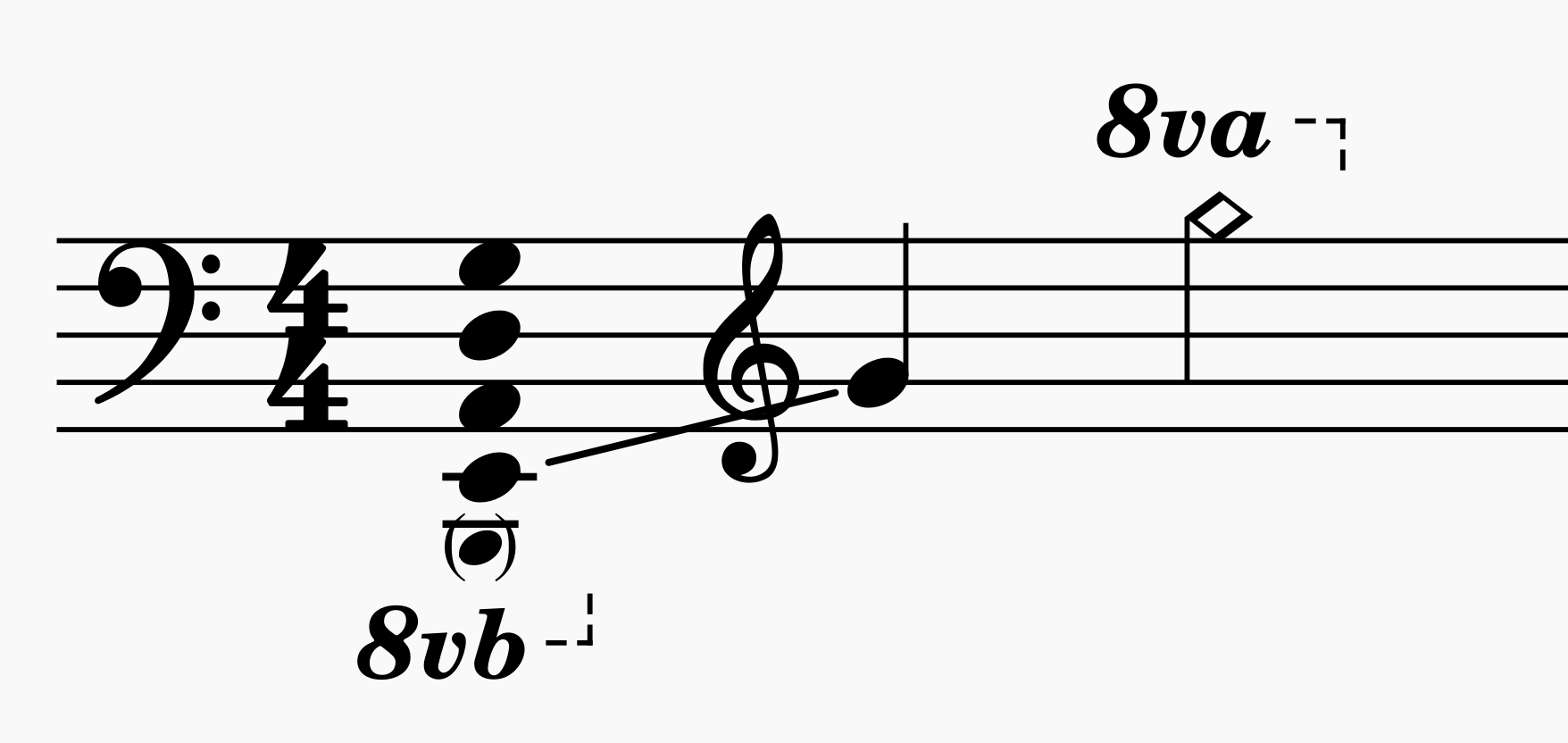|
Strange Is This World
''Strange Is This World'' is the first English-language album by Polish rock artist Czesław Niemen, Niemen. The album was released in 1972 in West Germany on the CBS Records International (the European section of Columbia Records). Track listing # "Strange Is This World" – 6:05 - (lyrics Czesław Niemen) # "Why Did You Stop Loving Me" – 12:05 (lyrics Marek Rymaszewski & Paweł Brodowski) [1] # "I've Been Loving You Too Long" – 4:13 (music Otis Redding, lyrics Jerry Butler (singer), Jerry Butler) # "A Song For The Deceased" – 13:18 (lyrics Jarosław Iwaszkiewicz, translation Paweł Brodowski) [1] Lyric writers on 'Why Did You Stop Loving Me' as printed on the label of the vinyl version of the CBS album, # S 64896 Personnel * Czesław Niemen – organ (music), organ, vocal * Józef Skrzek – piano, Bass guitar, bass, organ (music), organ, harmonica * Helmut Nadolski – double bass * Antymos Apostolis – guitar * Jerzy Piotrowski – drums {{Authority contro ... [...More Info...] [...Related Items...] OR: [Wikipedia] [Google] [Baidu] |
Album
An album is a collection of audio recordings issued on compact disc (CD), Phonograph record, vinyl, audio tape, or another medium such as Digital distribution#Music, digital distribution. Albums of recorded sound were developed in the early 20th century as individual Phonograph record#78 rpm disc developments, 78 rpm records collected in a bound book resembling a photograph album; this format evolved after 1948 into single vinyl LP record, long-playing (LP) records played at revolutions per minute, rpm. The album was the dominant form of recorded music expression and consumption from the mid-1960s to the early 21st century, a period known as the album era. Vinyl LPs are still issued, though album sales in the 21st-century have mostly focused on CD and MP3 formats. The 8-track tape was the first tape format widely used alongside vinyl from 1965 until being phased out by 1983 and was gradually supplanted by the cassette tape during the 1970s and early 1980s; the populari ... [...More Info...] [...Related Items...] OR: [Wikipedia] [Google] [Baidu] |
Organ (music)
Carol Williams performing at the West_Point_Cadet_Chapel.html" ;"title="United States Military Academy West Point Cadet Chapel">United States Military Academy West Point Cadet Chapel. In music, the organ is a keyboard instrument of one or more Pipe organ, pipe divisions or other means for producing tones, each played from its own Manual (music), manual, with the hands, or pedalboard, with the feet. Overview Overview includes: * Pipe organs, which use air moving through pipes to produce sounds. Since the 16th century, pipe organs have used various materials for pipes, which can vary widely in timbre and volume. Increasingly hybrid organs are appearing in which pipes are augmented with electric additions. Great economies of space and cost are possible especially when the lowest (and largest) of the pipes can be replaced; * Non-piped organs, which include: ** pump organs, also known as reed organs or harmoniums, which like the accordion and mouth organs (both Eastern and ... [...More Info...] [...Related Items...] OR: [Wikipedia] [Google] [Baidu] |
Drums
A drum kit (also called a drum set, trap set, or simply drums) is a collection of drums, cymbals, and other auxiliary percussion instruments set up to be played by one person. The player (drummer) typically holds a pair of matching drumsticks, one in each hand, and uses their feet to operate a foot-controlled hi-hat and bass drum pedal. A standard kit may contain: * A snare drum, mounted on a stand * A bass drum, played with a beater moved by a foot-operated pedal * One or more tom-toms, including rack toms and/or floor toms * One or more cymbals, including a ride cymbal and crash cymbal * Hi-hat cymbals, a pair of cymbals that can be manipulated by a foot-operated pedal The drum kit is a part of the standard rhythm section and is used in many types of popular and traditional music styles, ranging from rock and pop to blues and jazz. __TOC__ History Early development Before the development of the drum set, drums and cymbals used in military and orchestral music sett ... [...More Info...] [...Related Items...] OR: [Wikipedia] [Google] [Baidu] |
Jerzy Piotrowski
Jerzy Piotrowski, also known as Keta (born 9 February 1950) is a Polish jazz-rock drummer. Career He has played on LPs for many artists, including Czesław Niemen Czesław Niemen (; February 16, 1939 – January 17, 2004), born Czesław Juliusz Wydrzycki, and often credited as just Niemen, was one of the most important and original Polish singer-songwriters and rock balladeers of the 20th century, singing ..., SBB, Kombi, Young Power, Pick Up, Krzysztof Ścierański, Ireneusz Dudek, Dżem, Martyna Jakubowicz, and Stanisław Sojka. He is the author of the textbook ''Szkoła na perkusję''. Between 1990 and 1994, he conducted percussion workshops in Puławach. In 1994, he immigrated to the United States. References {{Authority control 1950 births Musicians from Gdańsk Polish drummers Living people ... [...More Info...] [...Related Items...] OR: [Wikipedia] [Google] [Baidu] |
Guitar
The guitar is a fretted musical instrument that typically has six strings. It is usually held flat against the player's body and played by strumming or plucking the strings with the dominant hand, while simultaneously pressing selected strings against frets with the fingers of the opposite hand. A plectrum or individual finger picks may also be used to strike the strings. The sound of the guitar is projected either acoustically, by means of a resonant chamber on the instrument, or amplified by an electronic pickup and an amplifier. The guitar is classified as a chordophone – meaning the sound is produced by a vibrating string stretched between two fixed points. Historically, a guitar was constructed from wood with its strings made of catgut. Steel guitar strings were introduced near the end of the nineteenth century in the United States; nylon strings came in the 1940s. The guitar's ancestors include the gittern, the vihuela, the four-course Renaissance guitar, an ... [...More Info...] [...Related Items...] OR: [Wikipedia] [Google] [Baidu] |
Antymos Apostolis
Apostolis Anthimos (born 25 September 1954 in Siemianowice Śląskie) is a Polish jazz / rock oriented guitarist, drummer and keyboard player. His parents are Greeks. He is a member of the Polish progressive rock band SBB, and has had a long individual career both as band leader and as sideman. He has co-operated with Czesław Niemen, Tomasz Stańko, George Dalaras, Vangelis Katsoulis, and also a number of bands, including Krzak, Dżem and Osjan. He has participated in the recording of over fifty albums, including three solo albums of his own: Days We Can't Forget (1994, backed by Gil Goldstein, Jim Beard, Matthew Garrison & Paul Wertico), Theatro (1999) and Back to the North (2006, backed by Wertico and Marcin Pospieszalski). His recent solo projects include: * Apostolis Anthimos Trio (with Krzysztof Dziedzic on drums and Robert Szewczuga on bass guitar) * Apostolis Anthimos Quartet (with Arild Andersen on double bass, Tomasz Szukalski on saxophone The saxophone (often re ... [...More Info...] [...Related Items...] OR: [Wikipedia] [Google] [Baidu] |
Double Bass
The double bass (), also known simply as the bass () (or #Terminology, by other names), is the largest and lowest-pitched Bow (music), bowed (or plucked) string instrument in the modern orchestra, symphony orchestra (excluding unorthodox additions such as the octobass). Similar in structure to the cello, it has four, although occasionally five, strings. The bass is a standard member of the orchestra's string section, along with violins, viola, and cello, ''The Orchestra: A User's Manual'' , Andrew Hugill with the Philharmonia Orchestra as well as the concert band, and is featured in Double bass concerto, concertos, solo, and chamber music in European classical music, Western classical music.Alfred Planyavsky [...More Info...] [...Related Items...] OR: [Wikipedia] [Google] [Baidu] |
Helmut Nadolski
Helmut is a German name. Variants include Hellmut, Helmuth, and Hellmuth. From old German, the first element deriving from either ''heil'' ("healthy") or ''hiltja'' ("battle"), and the second from ''muot'' ("spirit, mind, mood"). Helmut may refer to: People A–L * Helmut Angula (born 1945), Namibian politician * Helmut Ashley (1919–2021), Austrian director and cinematographer * Helmut Bakaitis (born 1944), Australian director and actor *Helmut Berger (born 1944), Austrian actor * Helmut Dantine (1917–1982), Austrian actor *Helmut Deutsch (born 1945), Austrian classical pianist *Helmut Ditsch (born 1962), Argentine painter *Hellmut Diwald (1924–1993), German historian *Helmut Donner (born 1941), Austrian high jumper * Helmut Fischer (1926–1997), German actor *Hellmut von Gerlach (1866–1935), German journalist * Helmut Goebbels (1935–1945), only son of Joseph Goebbels * Helmut Griem (1932–2004), German actor *Helmut Gröttrup (1916–1981), German rocket scientist ... [...More Info...] [...Related Items...] OR: [Wikipedia] [Google] [Baidu] |
Harmonica
The harmonica, also known as a French harp or mouth organ, is a free reed wind instrument used worldwide in many musical genres, notably in blues, American folk music, classical music, jazz, country, and rock. The many types of harmonica include diatonic, chromatic, tremolo, octave, orchestral, and bass versions. A harmonica is played by using the mouth (lips and tongue) to direct air into or out of one (or more) holes along a mouthpiece. Behind each hole is a chamber containing at least one reed. The most common is the diatonic Richter-tuned with ten air passages and twenty reeds, often called the blues harp. A harmonica reed is a flat, elongated spring typically made of brass, stainless steel, or bronze, which is secured at one end over a slot that serves as an airway. When the free end is made to vibrate by the player's air, it alternately blocks and unblocks the airway to produce sound. Reeds are tuned to individual pitches. Tuning may involve changing a reed’s len ... [...More Info...] [...Related Items...] OR: [Wikipedia] [Google] [Baidu] |
Bass Guitar
The bass guitar, electric bass or simply bass (), is the lowest-pitched member of the string family. It is a plucked string instrument similar in appearance and construction to an electric or an acoustic guitar, but with a longer neck and scale length, and typically four to six strings or courses. Since the mid-1950s, the bass guitar has largely replaced the double bass in popular music. The four-string bass is usually tuned the same as the double bass, which corresponds to pitches one octave lower than the four lowest-pitched strings of a guitar (typically E, A, D, and G). It is played primarily with the fingers or thumb, or with a pick. To be heard at normal performance volumes, electric basses require external amplification. Terminology According to the ''New Grove Dictionary of Music and Musicians'', an "Electric bass guitar sa Guitar, usually with four heavy strings tuned E1'–A1'–D2–G2." It also defines ''bass'' as "Bass (iv). A contraction of Double bass ... [...More Info...] [...Related Items...] OR: [Wikipedia] [Google] [Baidu] |
Piano
The piano is a stringed keyboard instrument in which the strings are struck by wooden hammers that are coated with a softer material (modern hammers are covered with dense wool felt; some early pianos used leather). It is played using a musical keyboard, keyboard, which is a row of keys (small levers) that the performer presses down or strikes with the fingers and thumbs of both hands to cause the hammers to strike the strings. It was invented in Italy by Bartolomeo Cristofori around the year 1700. Description The word "piano" is a shortened form of ''pianoforte'', the Italian term for the early 1700s versions of the instrument, which in turn derives from ''clavicembalo col piano e forte'' (key cimbalom with quiet and loud)Pollens (1995, 238) and ''fortepiano''. The Italian musical terms ''piano'' and ''forte'' indicate "soft" and "loud" respectively, in this context referring to the variations in volume (i.e., loudness) produced in response to a pianist's touch or pressure on ... [...More Info...] [...Related Items...] OR: [Wikipedia] [Google] [Baidu] |
Józef Skrzek
Józef Franciszek Skrzek (born 2 July 1948, Siemianowice, Silesia, Poland) is a Polish multi-instrumentalist, singer, and composer, an important figure in Polish rock. Life In his early career, Skrzek was associated with the groups Ślężanie, Ametysty and Breakout. In 1971, he created the progressive-rock group Silesian Blues Band (with Jerzy Piotrowski and Apostolis Anthimos) and also recorded for a time with Czesław Niemen. He performed with a number of artist and ''ad hoc'' created bands, but mostly involved himself with theater and church music, as well as movie soundtracks. He is well-noted for his live performances not only on conventional concerts but also in a variety of other venues (e.g., his improvisations on summer solstice nights in Silesian Planetarium). Currently, he is a friend of the elementary school in his hometown (elementary school number 13 in Michalkowice) where he often plays or sings. In 2012 together with Jarosław Pijarowski and his ( :p ... [...More Info...] [...Related Items...] OR: [Wikipedia] [Google] [Baidu] |





